





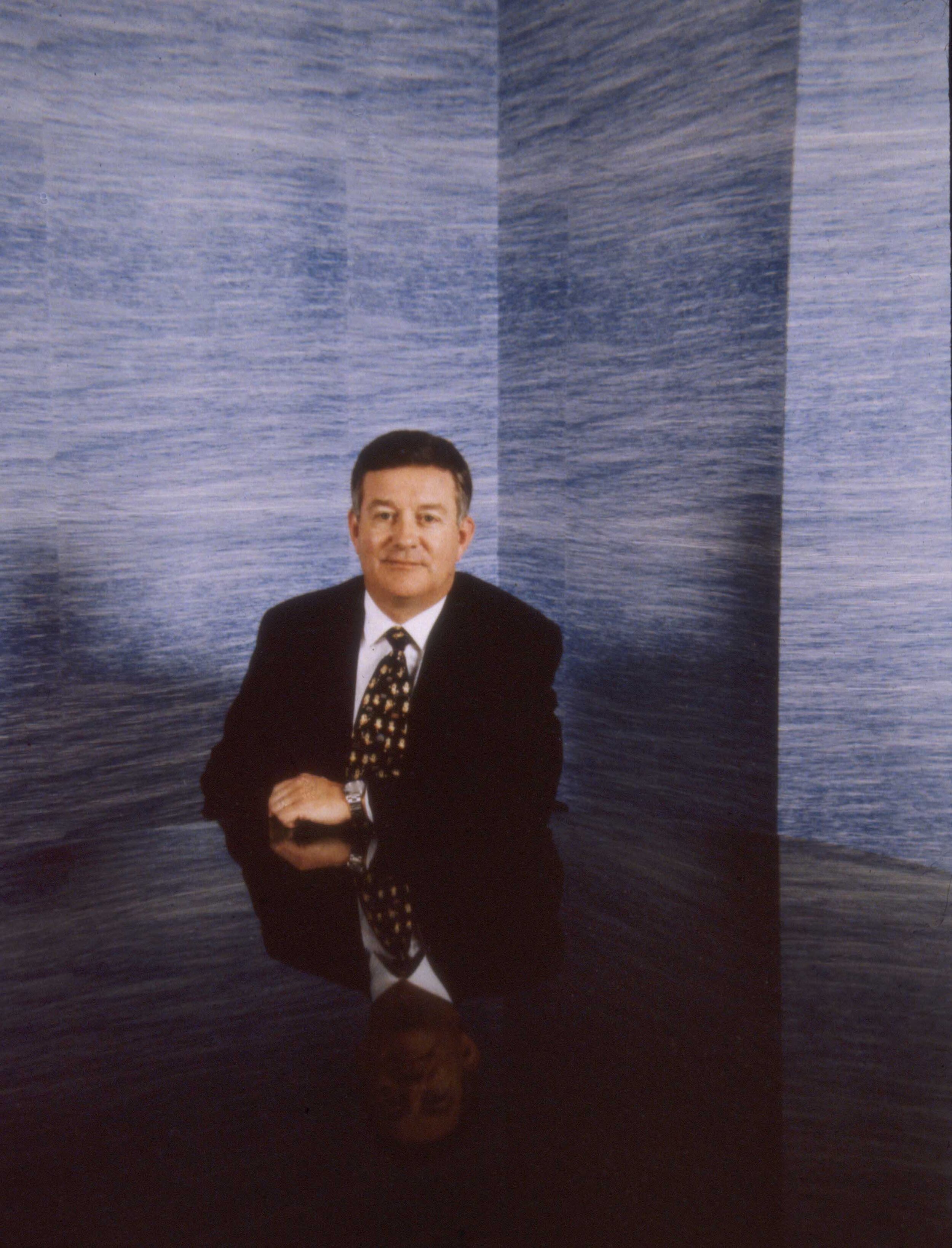


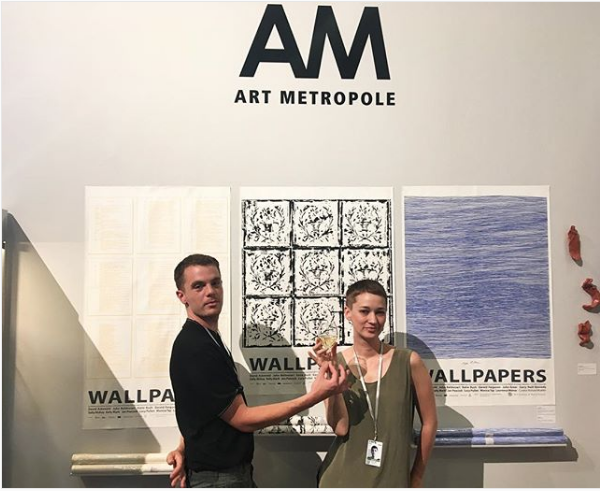
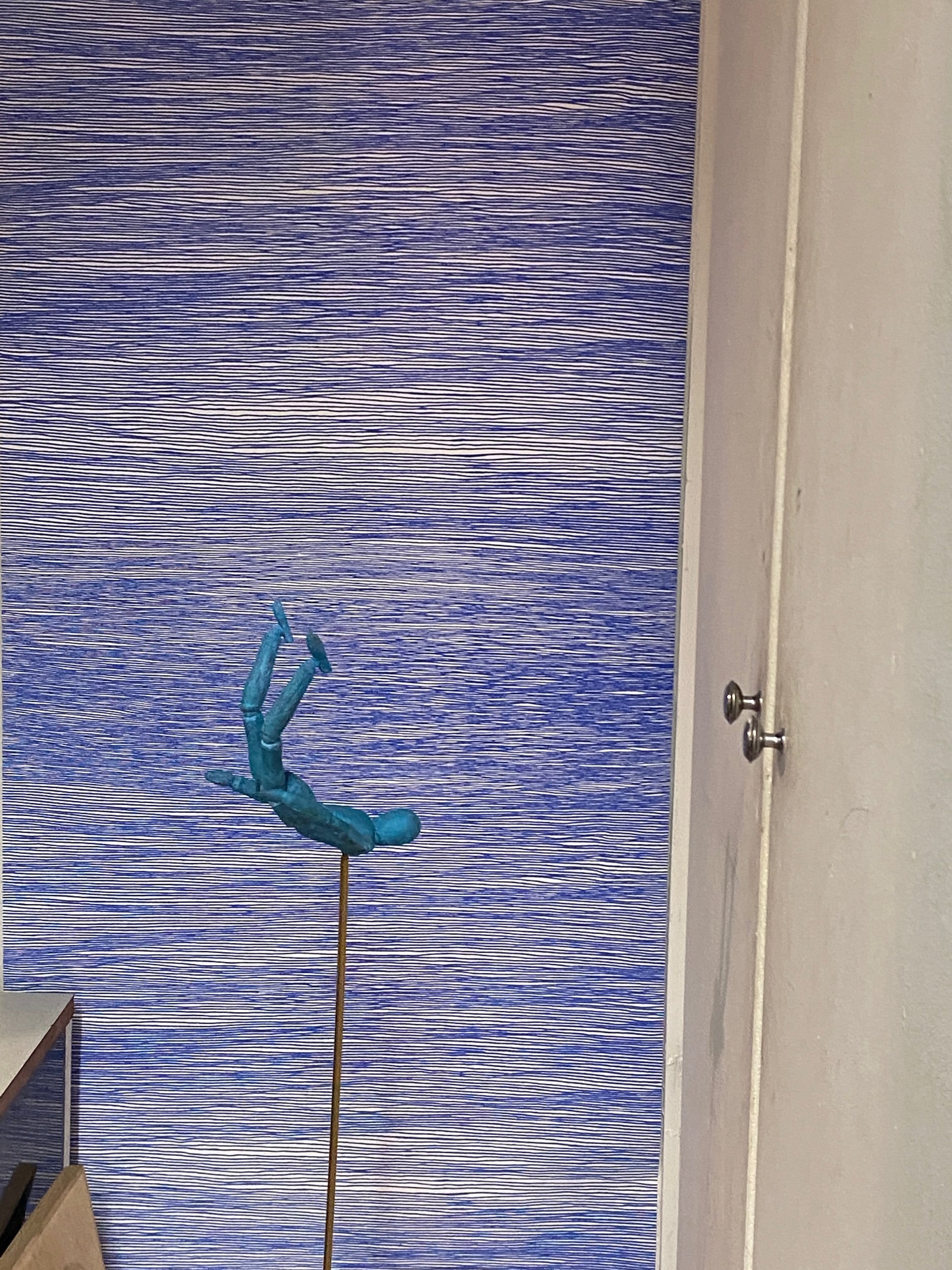
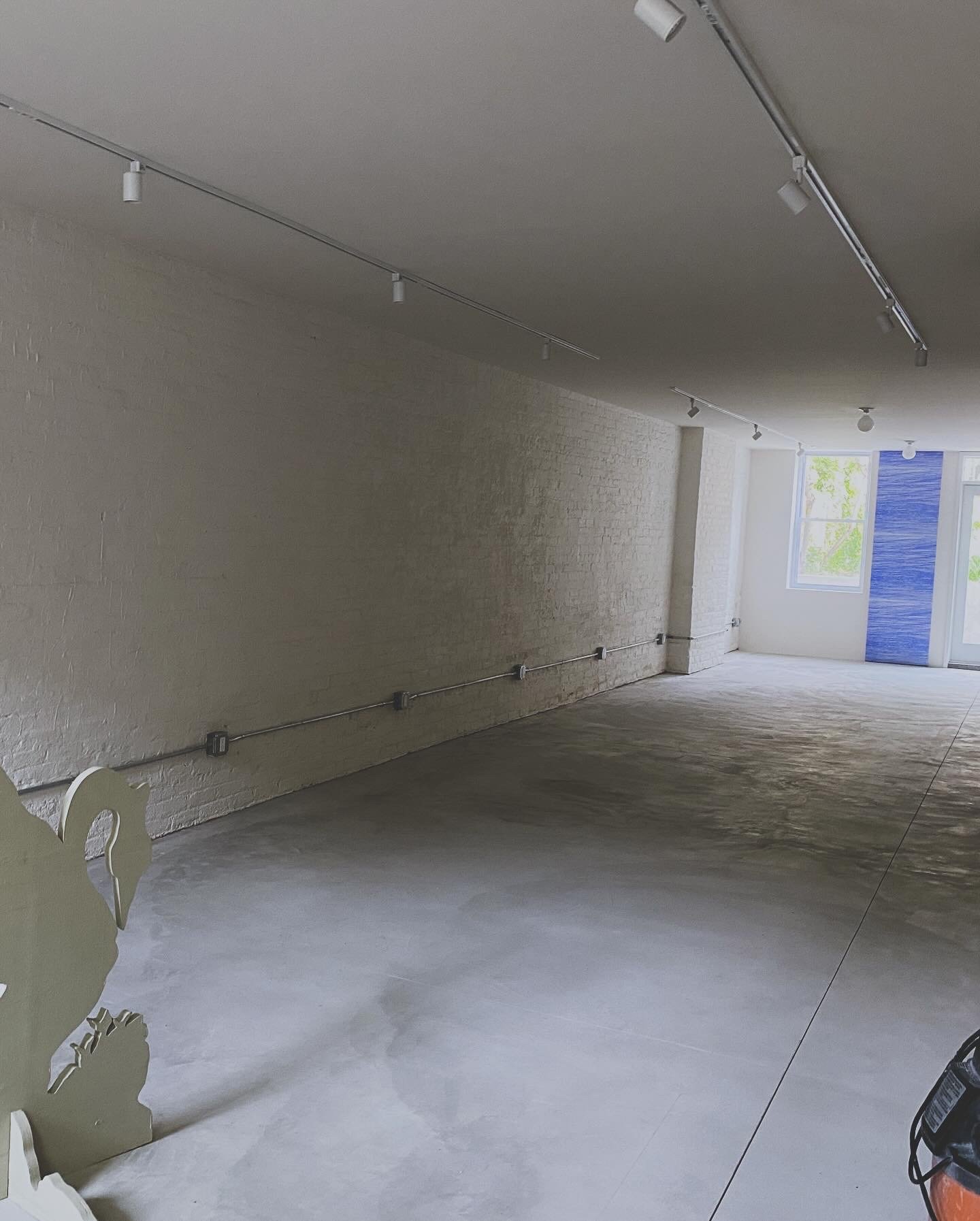
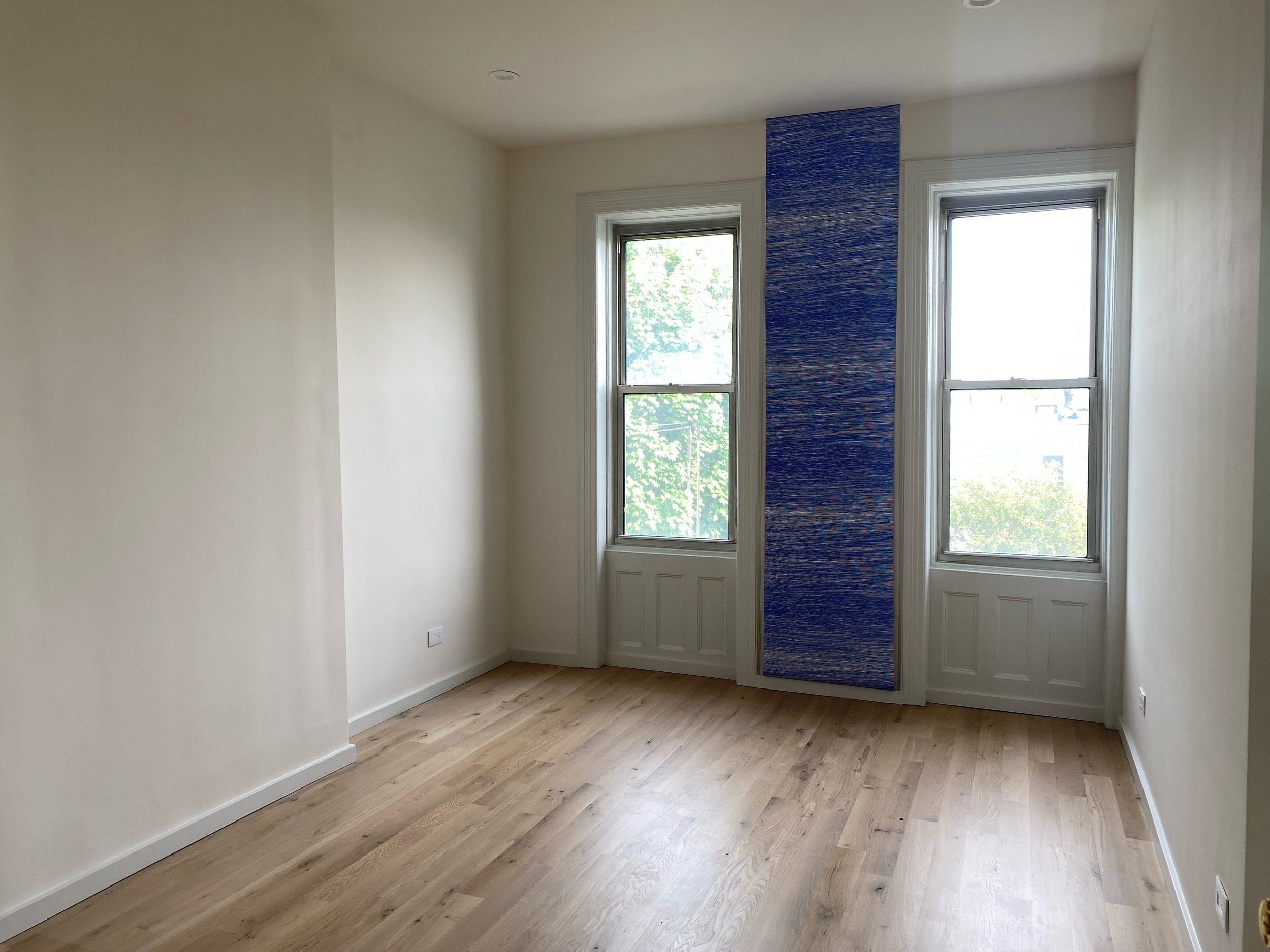
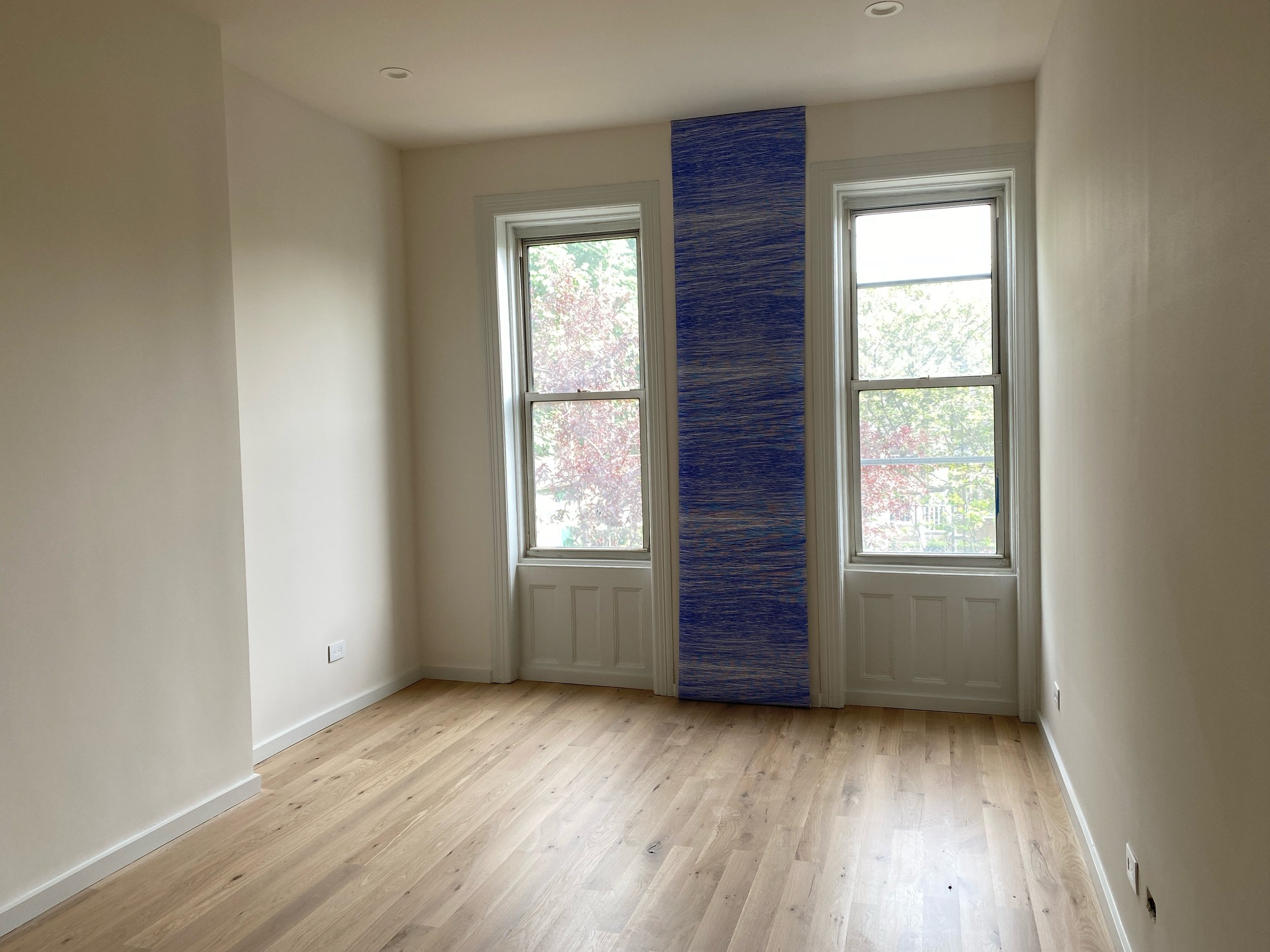
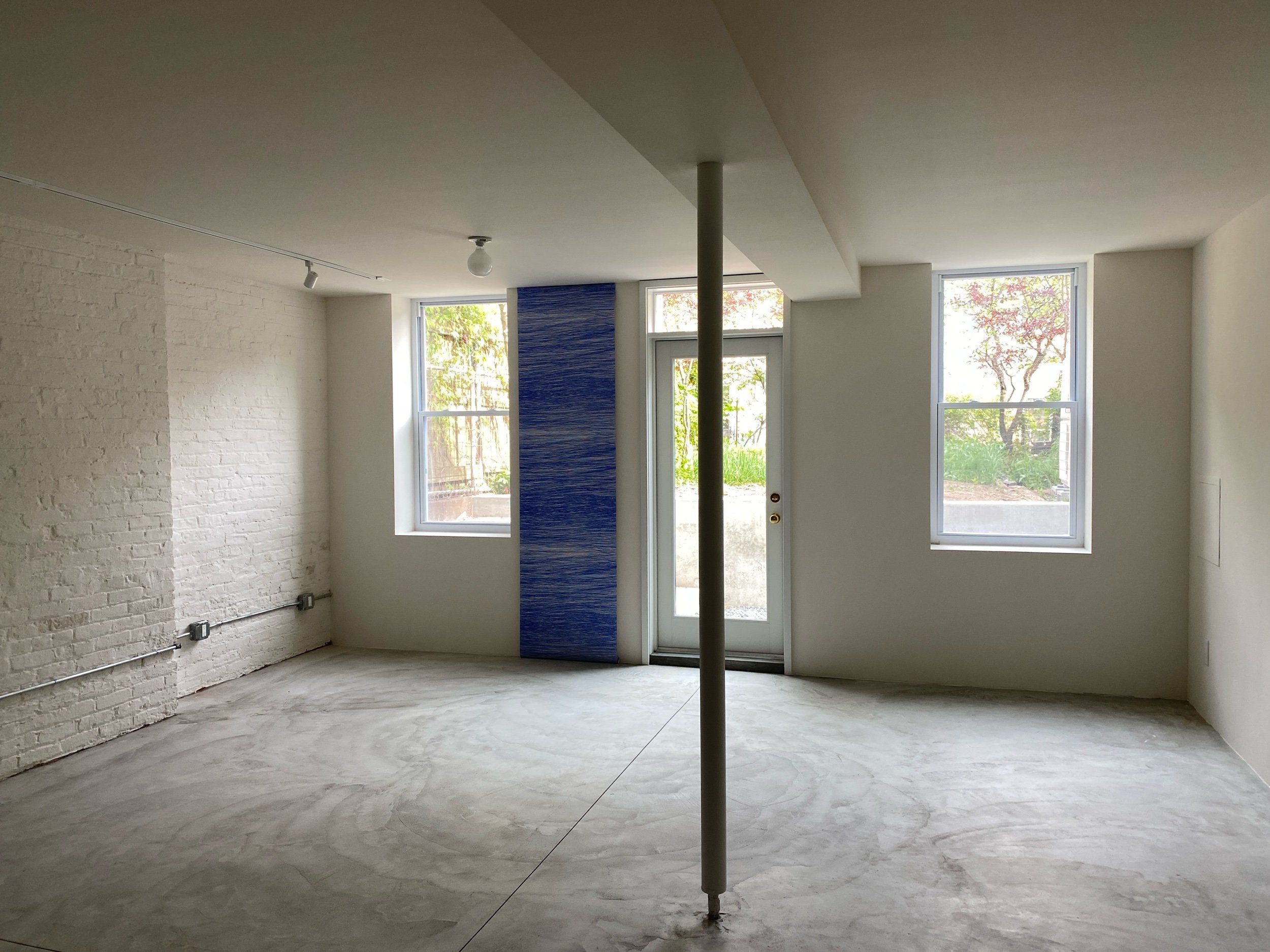

rolls of commercially produced wallpaper, 26.75” wide x 3 yards long (70 x 450cm), produced by Art Gallery of Nova Scotia (Halifax: 2000) installed in various ways over the years.

Poem #3: Kitchen (Philadelphia: 2000), Essay: Peter Trepanier, WALLPOWER, Library and Archives, The National Gallery of Canada (Ottawa: 2013)
The exhibition Wallpower features a selection of wallpapers designed by artists and chosen from the Library’s collection. Rather than disappearing into the background, as Walter Reade Brighting recommended for wall coverings in 1908, these papers are very much in the foreground, interacting with the space or surface they occupy. They function simultaneously as works of art and decor. John Baldessari’s ‘I Will Not Make Any More Boring Art’ first appeared in 1971 as a wall work at the Nova Scotia College of Art and Design’s (NSCAD) Mezzanine Gallery. To Garry Neill Kennedy, the former president of NSCAD, those words became, “emblematic of the College’s mission.” A former NSCAD student, Lucy Pullen also designed wallpaper for the Archive project. Her paper is made up of blue ballpoint-like lines that are at once persistent and meandering. Although wallpaper usually tends to accentuate the flatness of the surface it covers, Pullen’s imperfect lines create the illusion of undulating, irregular surfaces, drawing us in and compelling us to interact with her work. The more we stare at the lines, probing for meaning, the more we are mesmerized by them.

WALLPAPERS, 17 June - 2000 - 14 January 2000, guest curated by Richard Muller. essay: Martin Barlosky, “A Description Describing Itself” in WALLPAPERS, The Art Gallery of Nova Scotia (Halifax: 2000)
To those accustomed to the familiar and the predictable, the College could appear agonizingly anarchic and its aesthetic stance could seem impudently nihilistic. It is here that Leadership and Ambiguity becomes pertinent. James March, the book’s primary author and an eminent student of organizations, argued that when ambiguity is prevalent atypical leadership strategies are required. “Life is not primarily a choice. It is interpretation… that should be understood and described in approximately the same way we would understand and describe art or poetry.”